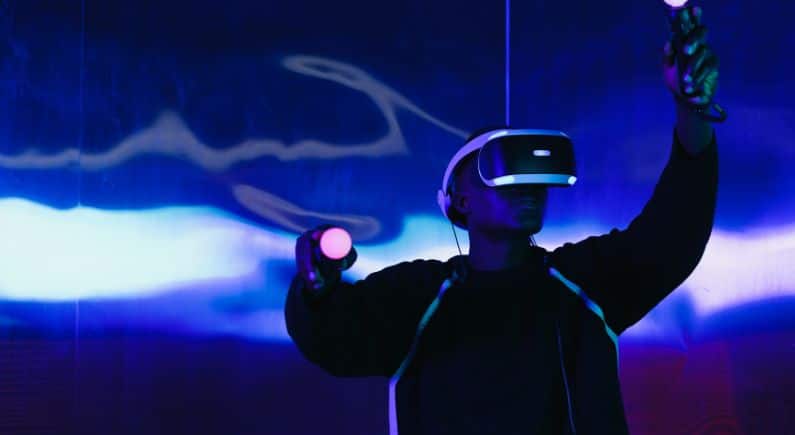Stanford University researchers develop AI that identifies emotion on artwork

A group of researchers have collected a new dataset called ArtEmis, which enables AI to be more human like
A group of AI researchers have trained computers to analyse how those specific images would make people feel through an algorithm with emotional intelligence.
The new discovery will enable artificial intelligence to be more human like rather than just intelligent, as Panos Achlioptas, a doctoral candidate in computer science at Stanford University stated:
“This ability will be key to making artificial intelligence not just more intelligent, but more human, so to speak”
Achlioptas, who formed part of the team in developing this new AI, described how him and his team collected a new dataset called ArtEmis.
What does ArtEmis include?
- The dataset is based on:
- 81,000 WikiArt paintings
- Consists of 440,000 written responses from 6,500 humans showing the emotional effect paintings have on them
- Includes explanations on why it generates a certain feeling
Using this information and data, the team headed by Stanford engineer professor Leonidas Guibas, trained AI that responds in written words which allowed the computers to generate emotional responses to visual art and validates those emotions in language.
The reason for choosing art in this AI development was due to the artist’s overall goal in trying to draw out emotion from the viewer. ArtEmis covers all types of art ranging from still life to human portraits.
The algorithm has eight emotional categories were paintings can fall under such as awe to amusement to fear to contentment. Once the art is given a category, the explanation will follow as a written text on why it is in that specific category.
According to the researchers, the captions are very accurate and reflect the content of the image more than any existing computer vision algorithm found from documentary photographic datasets, such as Coco.
The dataset is quite sophisticated as shown with the John the Baptist image, ArtEmis is able to not only identify the pain on John the Baptist’s head but also identifies the “contentment” on the face of Salome, the woman being shown the head.
Achlioptas highlights ArtEmis’ ability to determine different emotions from different individuals:
“Not every person sees and feels the same thing seeing a work of art. I can feel happy upon seeing the Mona Lisa, but Professor Guibas might feel sad. ArtEmis can distinguish these differences.”
There is anticipation around ArtEmis that it could eventually serve as a tool for artists to evaluate their work during the creation stage, helping them identify whether their artwork will have its desired impact.
Source: Stanford
About AIBC Dubai:
AIBC UAE will take place on the 25th to 26th May, 2021, in the emirate of Dubai. The event will bring together key brands and individuals from the converging sectors of AI, blockchain, IoT, Quantum Tech to discuss and shape the future of emerging tech.
It is one of the leading events globally for blockchain, AI, crypto, and other emerging technologies, and gathers together an elite selection of delegates, policymakers and thought leaders from across the globe. Such international recognition has helped propel AIBC Summit become a favourite on the world circuit for emerging tech conferences and expos.






